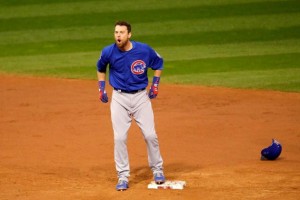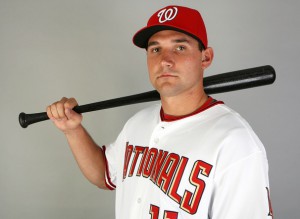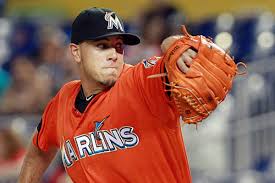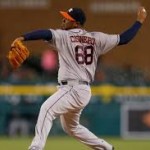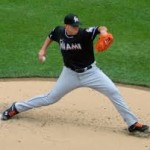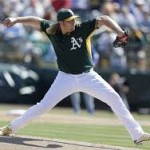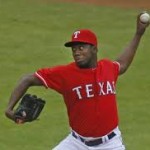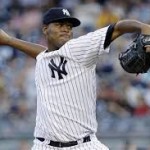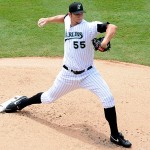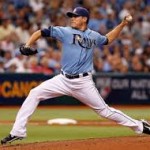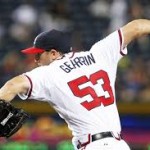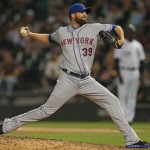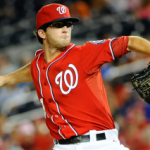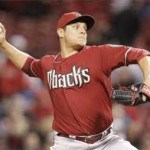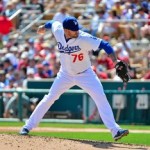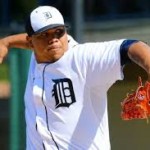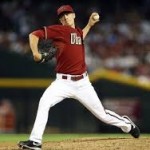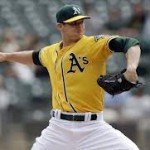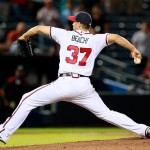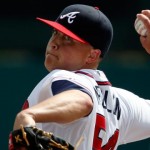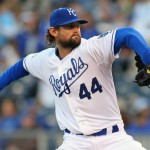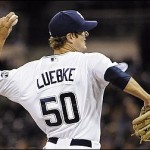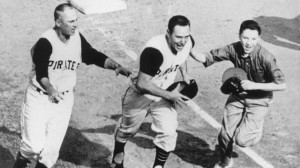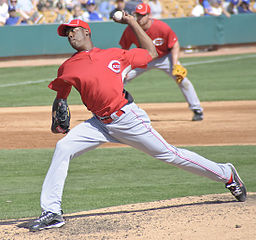So, we just saw a pretty darn good World Series, culminating in a very good Game 7. The Cubs win was obviously historic; no need to repeat all the other post-game analysis going on to that end.
The question here is; where does Game 7 rank historically? We all suffer from recency bias, and many (most) of us were not around for such other classic games (1924 World Series game 7 going 12 innings and Walter Johnson pitching 4 innings on one day’s rest, 1960 game 7 featuring Mazeroski‘s famous walk-off homer, or Bobby Thompson‘s “Shot Heard ‘Round the World” to win the 1951 NL Pennant). The normally sane Jayson Stark just posted that 2016’s Game 7 was “the Greatest ever game” in the long history of the sport.
However, I’m skeptical of calling *anything* that just happened, the best ever, so quickly after it ended.
On the “plus” side for its lofty status; Game 7 featured two long suffering franchises and was historic just on its own because of it. It was a Game 7, which only happens about one in every four Series. It went into extra innings, only the fifth time that’d ever happened. It featured a clutch and improbable late inning comeback to tie a game that seemed out of reach (Rajai Davis‘ 8th inning homer off of Aroldis Chapman), and it ended with the tying run on base and the winning run at the plate for nail-biting.
On the “negative” side; it was a sloppy game (4 errors, 3 by the winning side) that featured decidedly “un-clutch” pitching performances by the two marquee relievers (Chapman and Andrew Miller), both patently exhausted from their workloads this post-season. Neither starter even qualified for a decision. The pitching in general was substandard; the teams combined for 24 hits and 15 runs; this is a far cry from Jack Morris‘ 10-inning shutout in the 1991 Game 7. And thanks to the continuing trend of endless delays caused by interminable mound visits and bullpen switches, the game time (not even accounting for the rain delay) was nearly 4 and a half hours.
So, for me, no this wasn’t the greatest ever game. But it was still darn good. How good?
In 2011, just after the epic Game 6 between St. Louis and Texas, I posted a similar analysis; where did that game stand? I put it into the context of the MLB TV’s 20 Greatest games of the last half century series, which ranked the best games since 1960 (but specifically NOT including the Mazeroski game, which may have been #1) as follows:
- No. 20: May 17, 1979: Phillies @ Cubs; Phils, Cubs combine for 45 runs. This is the only regular season game on the list and for good reason; the first inning alone had 13 runs scored.
- No. 19: Oct. 4, 2003: Giants @ Marlins; future Nat Ivan Rodriguez tags out Eric Snow as he tries to bulldoze Pudge at the plate to end the game and send the Marlins to the World Series.
- No. 18: Oct. 12, 1980: Phillies @ Astros; Phils win battle in 10th to win the NLCS with an epic comeback over Nolan Ryan.
- No. 17: Oct. 17, 2004: Yankees @ Red Sox; Dave Roberts‘ stolen base and David Ortiz‘s walk-off homer cap the Boston win, an epic part of the Boston comeback from 3-0 down in the 2004 ALCS.
- No. 16: Oct. 6, 2009: Tigers @ Twins; Twins win a game 163 sudden death playoff game for the AL Central title.
- No. 15: Oct. 8, 1995: Yankees @ Mariners; Edgar Martinez hits “The Double” to get a walk-off win in the ALDS, capping a 10th inning comeback as a young Ken Griffey Jr absolutely flies around the bases to score from first.
- No. 14: Oct. 23, 1993: Phillies @ Blue Jays; Joe Carter‘s walk-off WS homer foils a great Philly comeback.
- No. 13: Oct. 26, 1997: Indians @ Marlins; Edgar Renteria wins it for Fish in a World Series game 7 classic.
- No. 12: Oct. 31, 2001: D-backs @ Yankees; Tino Martinez ties it with a 2-out, 2-run homer in the bottom of the 9th and Derek Jeter hits first November homer and earns himself the nickname for which he’s continued to be known.
- No. 11: Oct. 2, 1978: Yankees @ Red Sox; Bucky Dent‘s improbable 3-run homer caps a massive October collapse for Boston and continues the legendary rivalry between the teams.
- No. 10: Oct. 15, 1988: Athletics @ Dodgers; Injured slugger Kirk Gibson hits a pinch hit walk-off home run off of the dominant Dennis Eckersley for one of the most magical home runs in baseball history.
- No. 9: Nov. 4, 2001: Yankees @ D-backs; Luis Gonzalez floats a ball over the drawn-in infield against Mariano Rivera to win a classic Game 7.
- No. 8: Oct. 12, 1986: Red Sox @ Angels; Dave Henderson hits an improbable 3-run homer in the 9th to help Boston come back from 1-out away from elimination to eventually beat the Angels in the 86 ALCS.
- No. 7: Oct. 14, 2003: Marlins @ Cubs; The infamous Steve Bartman game, which overshadowed an utter collapse by Mark Prior, Alex Gonzalez, the Cubs bullpen AND Kerry Wood the following day to continue the Cubs curse that lasted … until this week.
- No. 6: Oct. 16, 2003: Red Sox @ Yankees; Aaron Boone suddenly homers off Tim Wakefield in extra innings to end a classic ALCS game 7 between the bitter rivals.
- No. 5: Oct. 15, 1986: Mets @ Astros; Mets win in 16 as Jesse Orosco put in the relief performance of a lifetime.
- No. 4: Oct. 14, 1992: Pirates @ Braves; the injured Sid Bream barely beats Barry Bonds‘ throw to score the series winner and effectively send the Pittsburgh franchise into a 20 year tailspin.
- No. 3: Oct. 25, 1986: Red Sox @ Mets; Probably the most “infamous” game of all time, especially to Boston fans, as Bill Buckner‘s error follows a series of mishaps by the Red Sox pitching staff to turn a 10th inning 2 run lead into a game 6 loss.
- No. 2: Oct. 27, 1991: Braves @ Twins; Jack Morris‘ seminal performance; a 1-0 10 inning shutout over the Braves in perhaps the best Game 7 of any World Series ever.
- No. 1: Oct. 21, 1975: Reds @ Red Sox; the game forever known for Carlton Fisk waving his walk-off homer fair, but which should be known for the unbelievably clutch Bernie Carbo 8th inning homer to tie the game and enable the extra inning fireworks.
I put 2011 Game 6 fourth, just after the top 3 games above. I think I rank 2016’s Game 7 slightly behind it, perhaps (and this would be rather ironic) just before or just after the Bartman game. I think the top three games on this list are so iconic that they’d be hardpressed to beat, and we quickly forget just how amazing the 2011 game 6 was in terms of multiple improbable comebacks.
What say you? How great do you think Game 7 was earlier this week? Am I under-rating it? Over-rating i?
